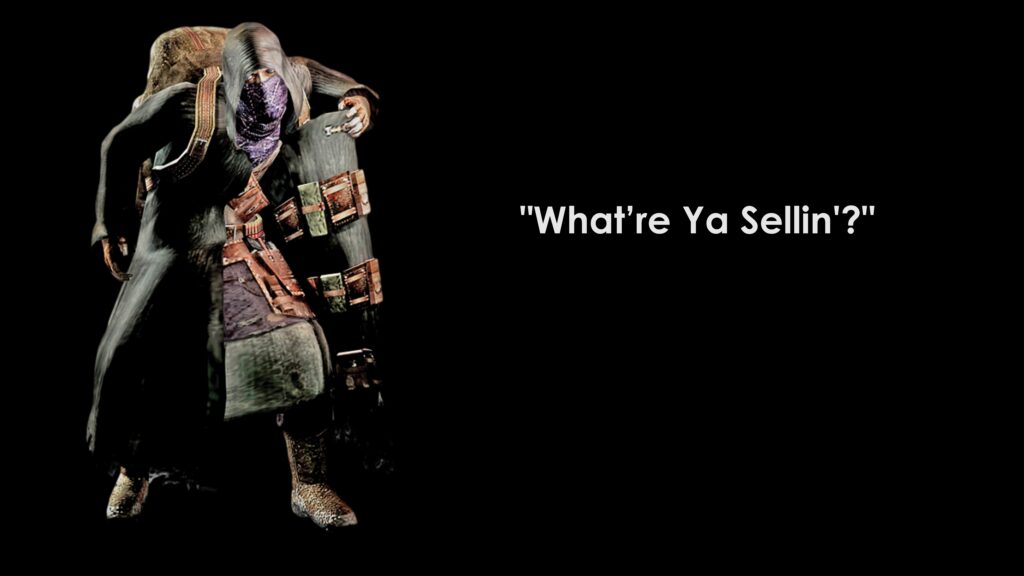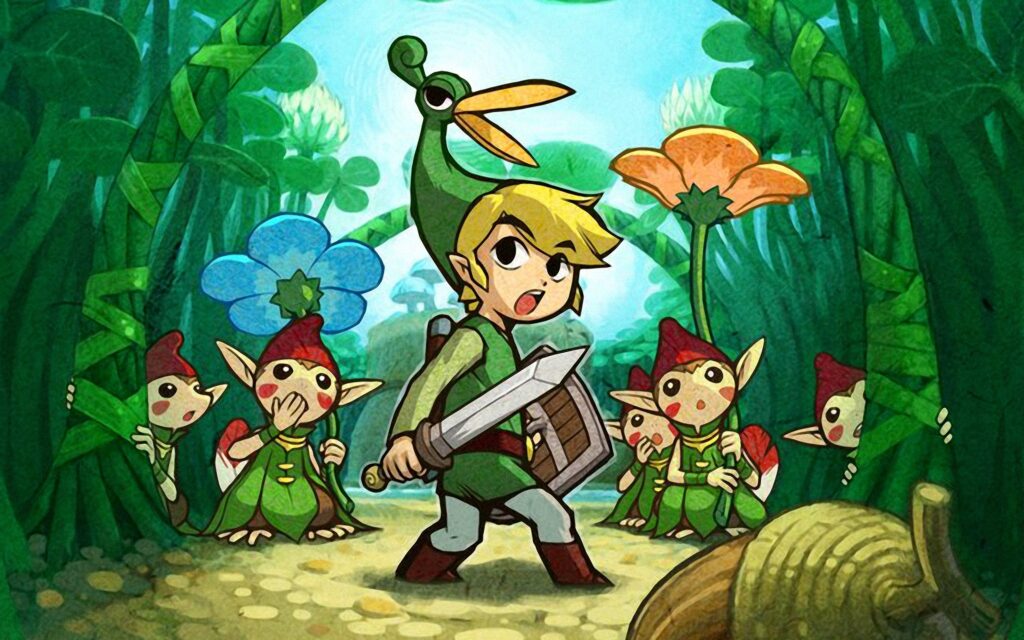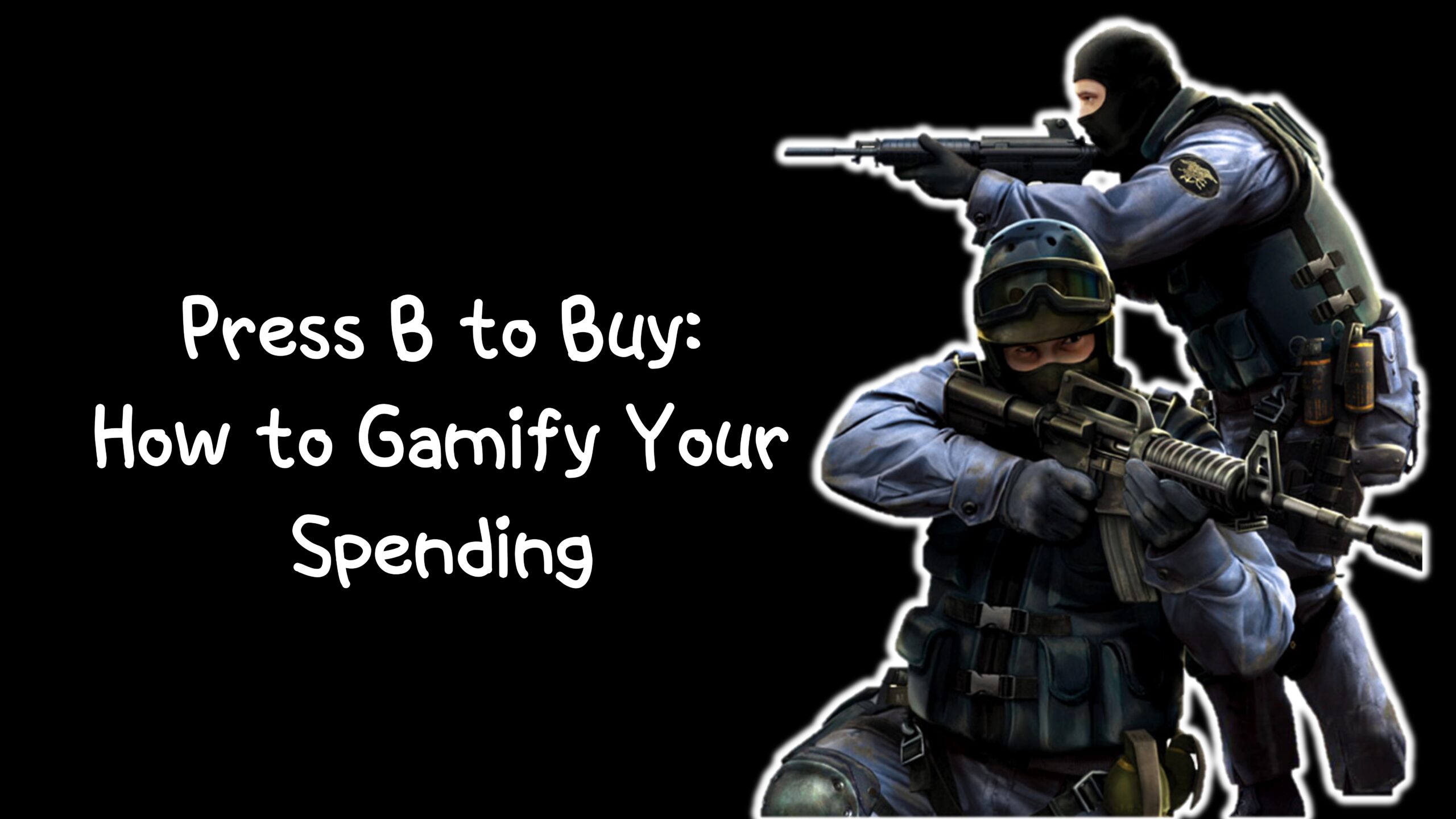School’s out, it’s Friday night, and the still beginings of the cold autumn air around you. The crunch of newly fallen leaves beneath your bike tires. You and your buddies scrape together just enough change to rent Gauntlet Legends and grab some ice-cold, bubblegum-flavored slushies for the ride home.
Life was simpler with less
Games felt longer back then, yes… part of that is more time to savor them, but you valued the experiences more whether it the small handful of games you did own, or the favourite you kept renting every couple of months. Classics from my original PlayStation, like Ape Escape, Spyro The Dragon, Hot Wheels Turbo Racing, and Medal of Honor, remain timeless to me. When you did purchase or rent with a limited income, it empowered the game with a lot more qualities, it felt different, it felt more epic because it was valued more.
You are Over-Encumbered
As you grow older, jobs and disposable income enters the scene. Having the option to buy what you want, when you want, the magic starts to fade. I can vividly recall my first official paycheck from my job at the local library, . I treated myself to a Dance Dance Revolution (DDR) pad and game for my PlayStation 2—a passionate purchase inspired by my a recent arcade experience. Despite still being a heavy set man today, I’m still an active DDR player although now I have upgraded to proper Metal Pads, it’s a game I continue to enjoy.
Yet more paychecks came flowing in with my first job, I was buying more games, many of which looking back now, I wasn’t truly passionate for like with DDR. I was combing second hand stores weekly, pre-ordering and buying all the new releases. My spending habits transformed me from a mere game player into a game collector. Every paycheck fueled my growing collection, expanding to other consoles—Xbox, GameCube, I was playing everything and I was drowning in games, It was glorious….at the time.

What’re Ya Sellin?
Almost 20 years later I had accumulated over 5000 physical games. Even after purging my collection a few years ago down to around 1500 games of which it is today, I can honestly look at my game collection and still find myself considering the majority of them as experiences I don’t need to own, let alone the backlog I haven’t touched yet..
The landscape has changed, and the simple joy of those early gaming days has given way to the complexities of adulthood. Purchasing causes a dopamine effect in humans, we get addicted to the act of shopping, the next game release, the next parcel in the mail. The actual important part, enjoying the game was being replaced by the act of buying and collecting them. I started realising that limitations on my gaming wouldn’t be a bad or negative thing but something that would bring joy to it. So I started to intentionally limit my spending on games.

The Triforce of Spending: 3 Ways You Can Gamify it
1. Set a Minish Cap
With marketing and advertising more being aggressive and targeted in the modern age, establishing a practical spending cap is a crucial step in controlling a game collection from expanding beyond its borders. Striking the right balance involves being realistic about your budget and avoiding the dreaded fear of missing out (fomo)
I started setting a monthly cap at $50 NZD (approximately $30 USD). While this amount might be perceived as surprisingly low by some readers, others may be astonished at its generosity. It’s essential to recognize that everyone’s financial situation is unique, and there is no one-size-fits-all approach. The overarching goal, however, remains consistent: set a cap that aligns with your financial capacity and prevents overindulgence. I intentionally set mine under what a typical new release game costs in New Zealand, so that I must either wait or develop a strategy to create that outcome to happen.
The significance of finding the right cap becomes apparent when considering the purpose – limiting the expenditure on gaming. If one finds themselves in a position to afford several game releases each month, it’s a clear indication that the cap needs adjusting. The objective is not to restrict enjoyment but rather to maintain a healthy balance between the love for gaming and financial prudence.
By adopting a realistic and individualized approach to setting a spending cap, you empower yourself to make intentional and mindful choices. It’s not about setting an arbitrary figure but rather aligning your gaming expenses with your broader financial and collection goals. In the end, the ‘Minish’ Cap serves as a reminder that moderation in spending enhances the overall gaming experience while ensuring financial and more importantly mental well-being.

2. Make a Dedicated Bag of Rupees
Modern banking generally offers the flexibility to set up additional accounts at no extra cost. Imagine it as a separate wallet purely for gaming. By allocating a portion of your funds to this “game” account, you gain heightened awareness of both incoming and outgoing money of this account. Although it will require some practice in discipline.
For instance, if you purchase a game on Steam through a debit/online Card, You need to train yourself to promptly transfer the equivalent amount out of your spend account, or start changing to buying Steam Gift Cards instead. While this approach requires discipline, actively managing and taking charge of your finances fosters a more conscious and intentional relationship with your money and its value directly.
Adopting this strategy, you will start seeing your collection differently the instant that big new release salivates you, those games you used to think “yeah I’ll play that sometime” or “I’ll replay that” start to look like opportunities to kickstart a more epic adventure quicker than before. This is where embracing hype isn’t always a negative it can be used to kindle a fire for a new experience. If you are that excited for a new game or purchase that it’s making you want to sell your unused games, embrace it and roll with it.
3. The Trading Sidequest
A growing trend in community circles is the age-old practice of trade, reminiscent of a time when goods and services were swapped instead of currency. This method is particularly effective with new releases. Take, for example, the scenario of when two stellar cosmic horror games, Callisto Protocol and the Dead Space Remake, hit the shelves in quick succession. Having already played the original Dead Space, I decided on Callisto Protocol upon its release, completed it. As someone who dosen’t replay games straight away, I soon found it idling on my shelf for a month. When Dead Space made its debut, I gave it a couple of weeks, contemplating the possibility of trading it for my Callisto Protocol.
To my surprise, someone in a Facebook game group had just finished playing Dead Space and was on the lookout Callisto Protocol, A trade was struck and executed. Both of us had the chance to enjoy both games, and we both saved money in the process.
You might think, well where is the gamifying aspect here? well I like to keep track of trades as a sort of quest of adventures, It’s fun to see what you bought initially and what you traded it for, how far can that one initial purchase carry you through, you’d be surprised how far you can get.

